Deck & Commander Strategies
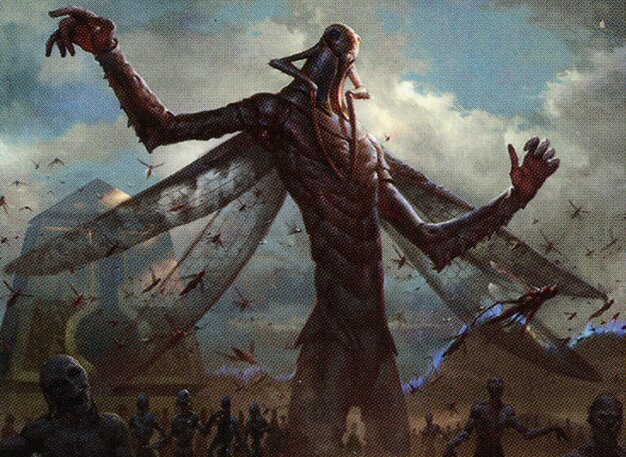
The Locust God
Generate insect tokens through drawing cards and leveraging dice rolls; use token swarms combined with incremental damage effects and planar chaos to control the board and whittle down opponents' life totals.
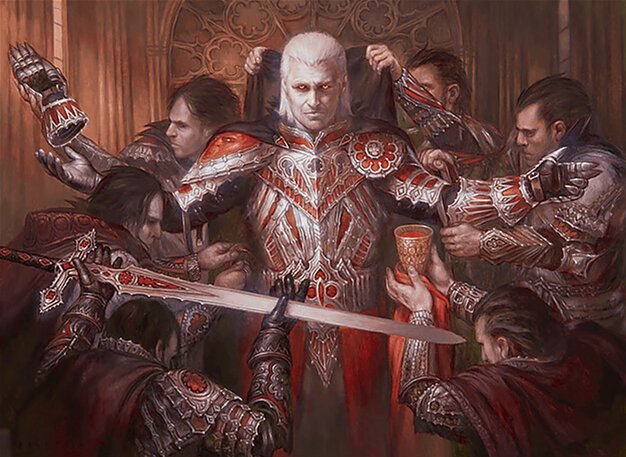
Edgar Markov
Aggressively build a vampire tribal army, using anthem effects and token generation to increase power and card advantage; close out the game with large combat swings and tribal synergies.

Roon of the Hidden Realm
Control the board through blink effects and a toolbox of creatures; use creatures with enter-the-battlefield effects and recursion to maintain board presence and disrupt opponents.
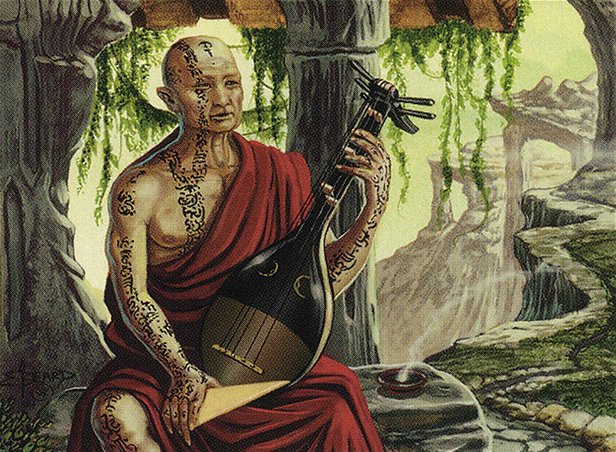
Reki, the History of Kamigawa
Ramp aggressively with elves and legendary creatures; utilize card draw and synergy between legendary permanents to outvalue opponents and maintain a strong board state.
Gameplay Insights
- 1
The Locust God player uses multiple casts of The Locust God to trigger massive hand refills and token generation, leveraging Jace's Archivist and Planar Chaos to force opponents to discard and take incremental damage.
- 2
Edgar Markov's aggressive swings with an army of vampires, combined with anthem effects and token generators like Captivating Vampire, put significant pressure on opponents and force them to respond quickly or face heavy damage.
- 3
Survival of the Fittest was repeatedly used to tutor key creatures like Sakura-Tribe Elder, Fairy Artisan, and Karmic Guide, enabling efficient board development and recursion loops.
- 4
Planar Chaos proved to be a double-edged sword, triggering multiple board wipes but also giving players new abilities such as tapping creatures to deal damage, which altered combat dynamics significantly.
- 5
Strategic use of blink and recursion effects, such as Eldritch Evolution sacrificing creatures to find powerful targets, allowed players to maintain board presence despite heavy removal.
- 6
The interaction between dice rolling from Planar Chaos and card abilities created dynamic turns where players had to adapt their strategies on the fly, balancing aggression and defense carefully.
Notable Cards
-

The Locust God
-

Edgar Markov
-
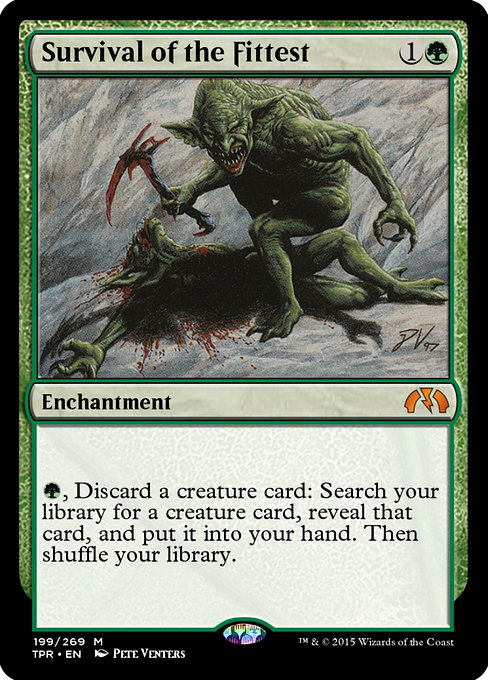
Survival of the Fittest
-
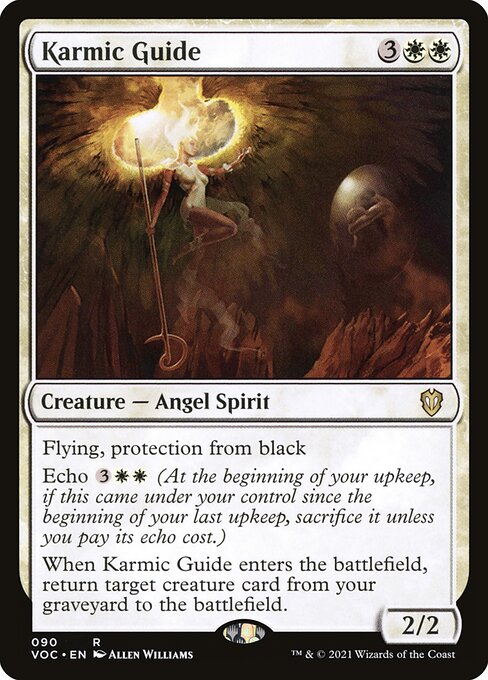
Karmic Guide
-
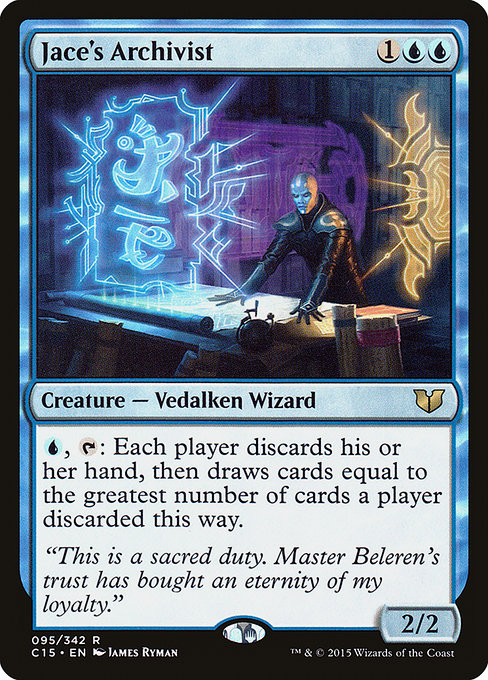
Jace's Archivist
-
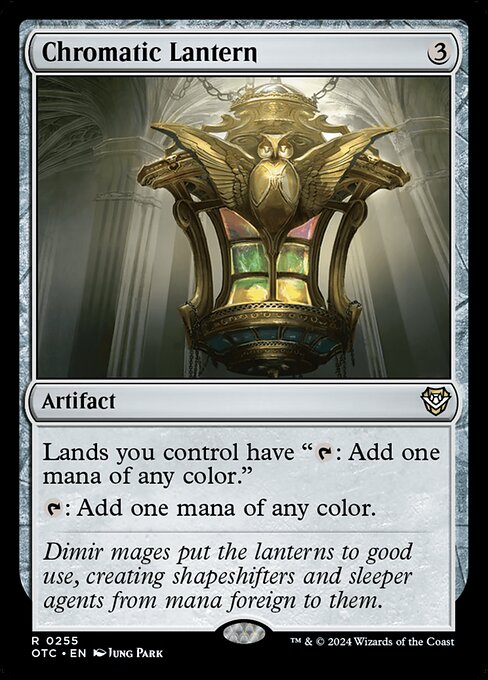
Chromatic Lantern
-
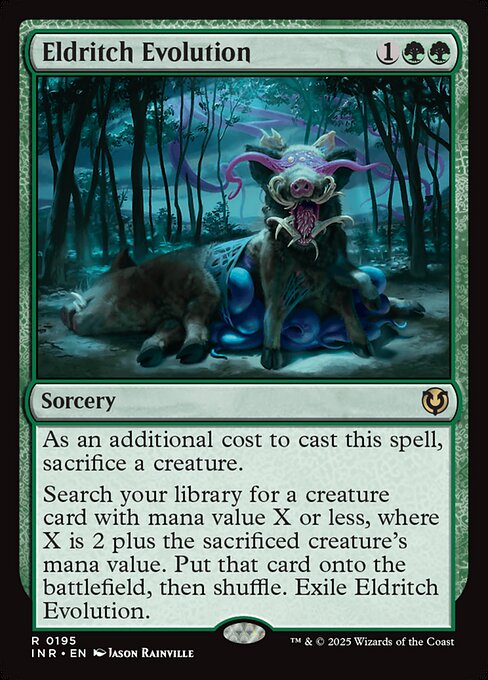
Eldritch Evolution
-
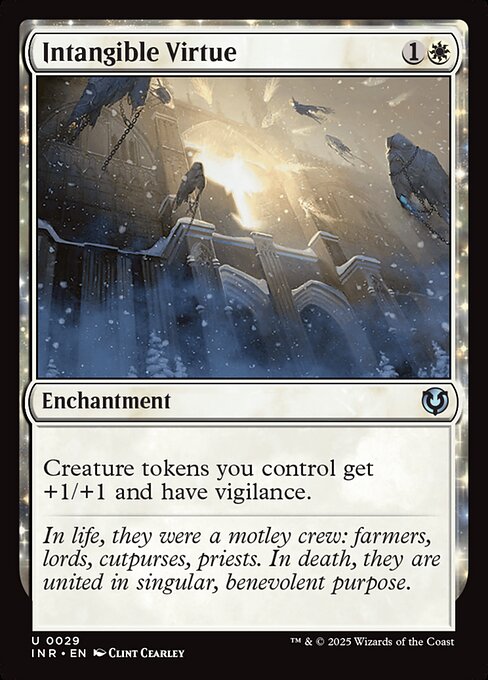
Intangible Virtue
-
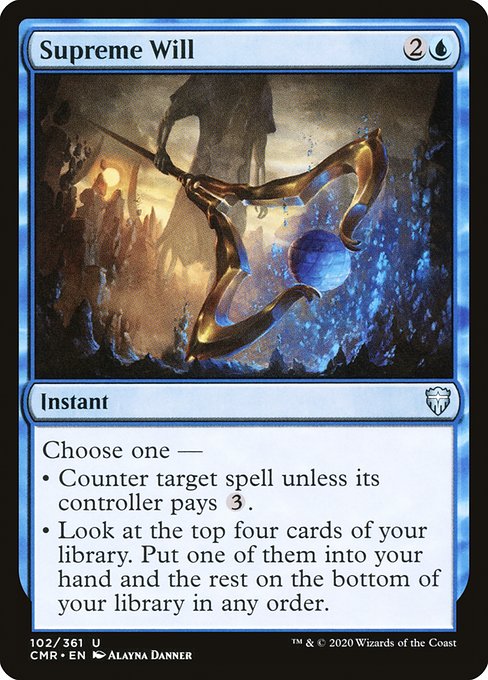
Supreme Will
-
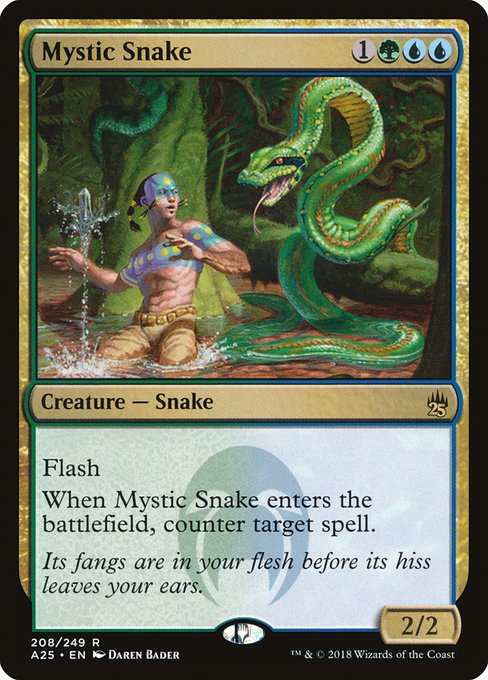
Mystic Snake
-
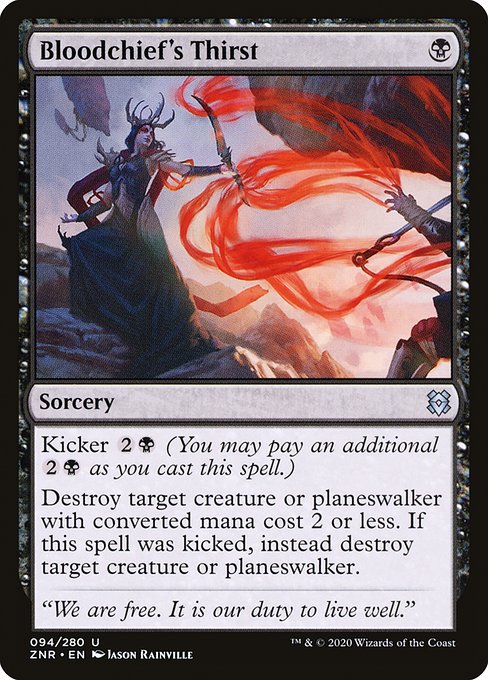
Bloodchief's Thirst
-
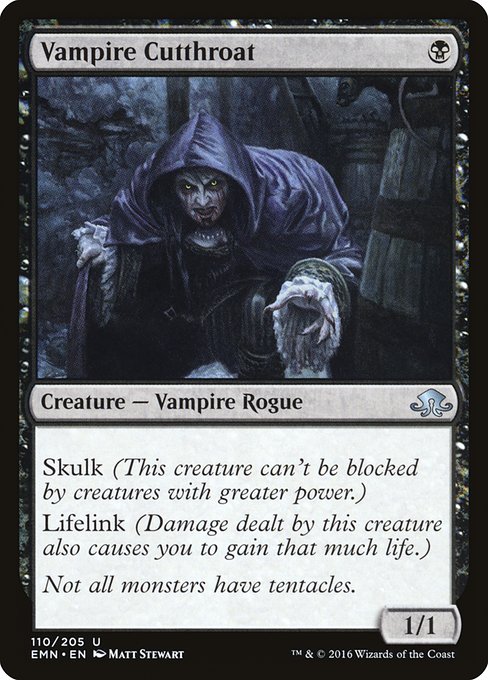
Vampire Cutthroat
Gameplay Summary
The game begins with all four players developing their boards cautiously while interacting with the Planechase mechanic, which causes random planar effects that influence the flow of the game.
Early turns see players setting up mana and creatures, with various ramp spells and survival tools being cast.
The Locust God player focuses on deploying insect tokens and leveraging dice rolls to trigger planar chaos that damages opponents and clears the board of some creatures.
The Edgar Markov player aggressively puts pressure on the table with vampire tokens, exploiting anthem effects and combat damage to gain card advantage and boost his army.
Meanwhile, the Roon player uses blink effects and toolbox creatures to control the board state, and the Reki player develops synergistic elf and legendary creature strategies, drawing cards and ramping mana.
Significant turning points include multiple uses of survival the fittest to tutor key creatures, impactful board wipes from planar chaos that decimate the battlefield, and strategic use of creatures like Karmic Guide and Fairy Artisan to generate value and recursion.
The Locust God player successfully resets the board several times, then rebuilds with powerful insect token swarms, while Edgar Markov capitalizes on his tribal synergies to deliver heavy damage bursts.
The game intensifies as combat phases become more punishing, with the Edgar Markov player swinging with a large vampire army and the Locust God player using Jace's Archivist and other spells to refill hands and deal incremental damage.
The game appears to revolve around overwhelming opponents with token swarms and incremental damage from combat and planar effects, with the Edgar Markov deck clearly aiming to close out the game through aggressive vampire tribal combat damage.


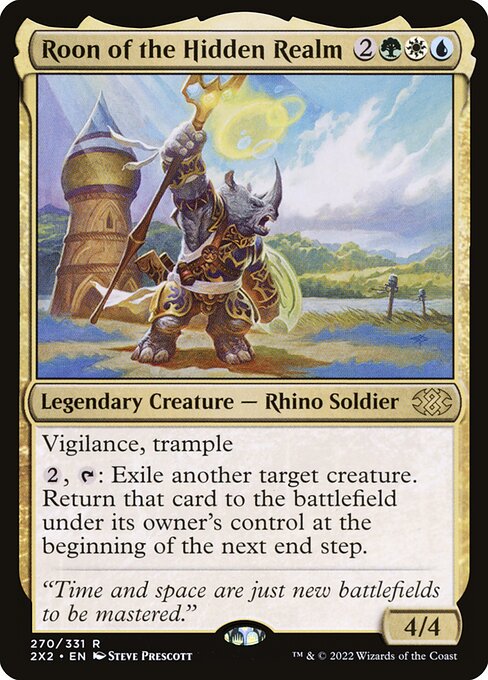













![Commander VS S15E9: Reki VS Chisei VS Angus VS Jori En [EDH] thumbnail](https://i.ytimg.com/vi/bTeSfWeIl6k/sddefault.jpg)

![Witness Epic Mono Color Duels EP:14 Odric vs Reki vs Chiss-Goria vs Tergrid [EDH gameplay] thumbnail](https://i.ytimg.com/vi/2minwtI9opo/sddefault.jpg)





















